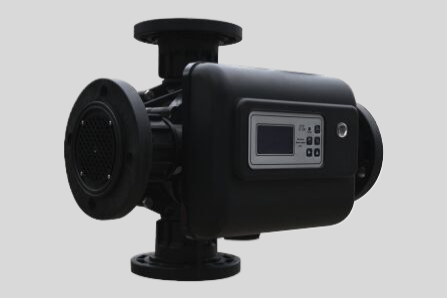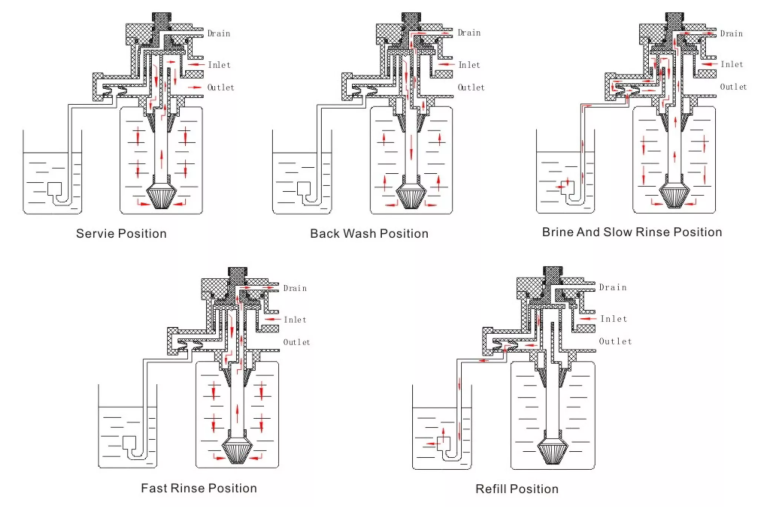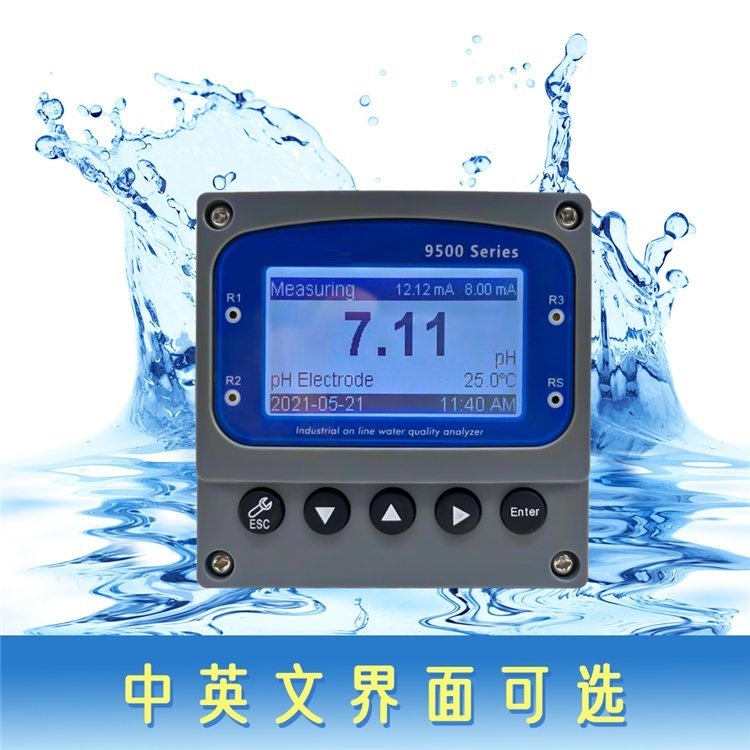Softening water does not lower pH.
The Impact of Water Softening on pH Levels
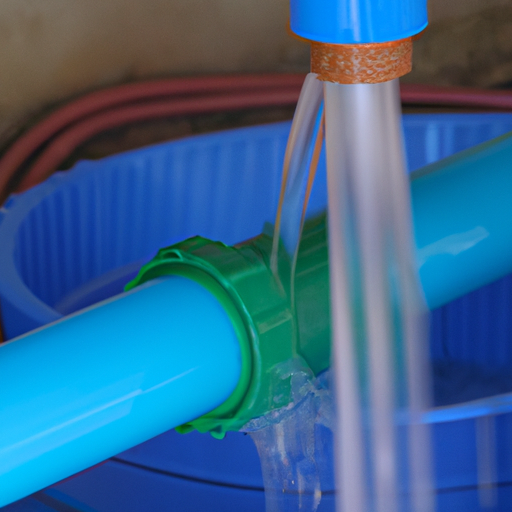
Water softening is a process that involves removing minerals such as calcium and magnesium from water. This is typically done to prevent the buildup of scale in pipes and appliances, as well as to improve the effectiveness of soaps and detergents. However, one question that often arises is whether or not water softening has an impact on the pH levels of the water.
To understand the potential impact of water softening on pH levels, it is important to first understand what pH is. pH is a measure of the acidity or alkalinity of a substance, with a pH of 7 being considered neutral. Anything below 7 is considered acidic, while anything above 7 is considered alkaline. pH levels can have a significant impact on the taste, safety, and effectiveness of water.
When it comes to water softening, the process typically involves the use of ion exchange resin to remove calcium and magnesium ions from the water. These ions are replaced with sodium ions, which do not contribute to the hardness of the water. However, the addition of sodium ions can potentially impact the pH levels of the water.
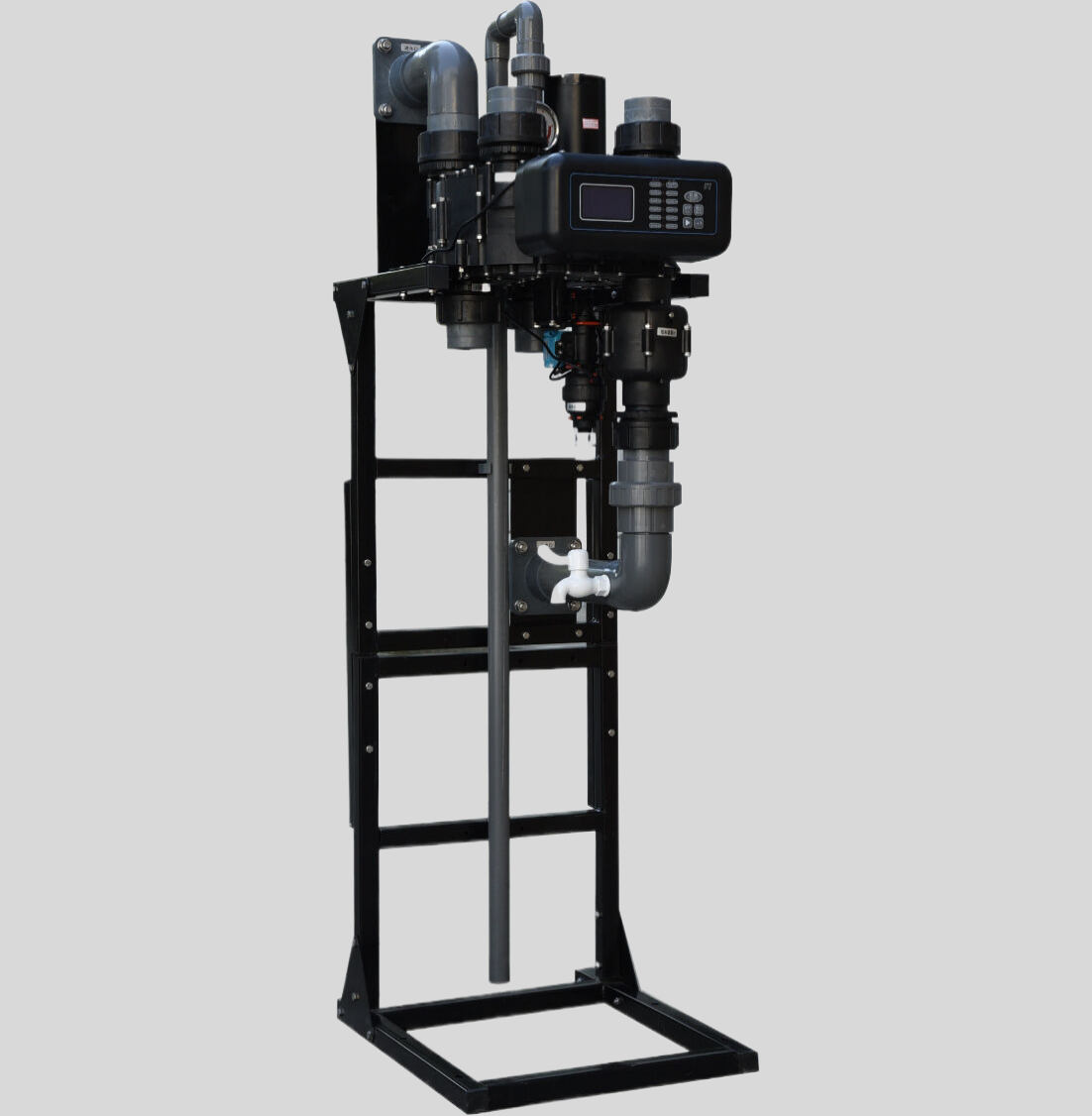
The impact of water softening on pH levels largely depends on the initial pH of the water and the hardness of the water. In some cases, water softening can actually increase the pH of the water. This is because the removal of calcium and magnesium ions, which are acidic, can result in a higher pH. However, in most cases, the impact on pH levels is minimal and within an acceptable range.
It is worth noting that the impact of water softening on pH levels is not a cause for concern for most people. The pH levels of water that is safe to drink typically fall within a range of 6.5 to 8.5. Therefore, even if water softening does result in a slight change in pH, it is unlikely to have any significant impact on the safety or taste of the water.
| Model | Valve Material | Inlet/Outlet | Continuous (0.1Mpa drop) | Peak (0.175Mpa drop) | Cv** | Maximum Backwash (0.175Mpa drop) | Distributor Pilot | Drain Line | Brine Line | Mounting Base | Height (from top of the tank) |
| CM31 | Unleaded brass | 2″ | 21.59m³/h | 28.18m³/h | 24.8 | 105gpm | 2″ | 2″ | 1″(male) | 4″-8UN (top) | 10″ |
However, there are some instances where the impact of water softening on pH levels may be more significant. For example, in areas where the initial pH of the water is already high, the addition of sodium ions through water softening can further increase the pH. This can result in water that is too alkaline, which may have a bitter taste and can potentially cause gastrointestinal issues for some individuals.
In conclusion, water softening can have a minimal impact on the pH levels of water. In most cases, the impact is within an acceptable range and does not pose any significant concerns. However, in areas where the initial pH of the water is already high, the addition of sodium ions through water softening can result in water that is too alkaline. It is important to monitor the pH levels of water and take appropriate measures if necessary to ensure that it remains within a safe and desirable range.

